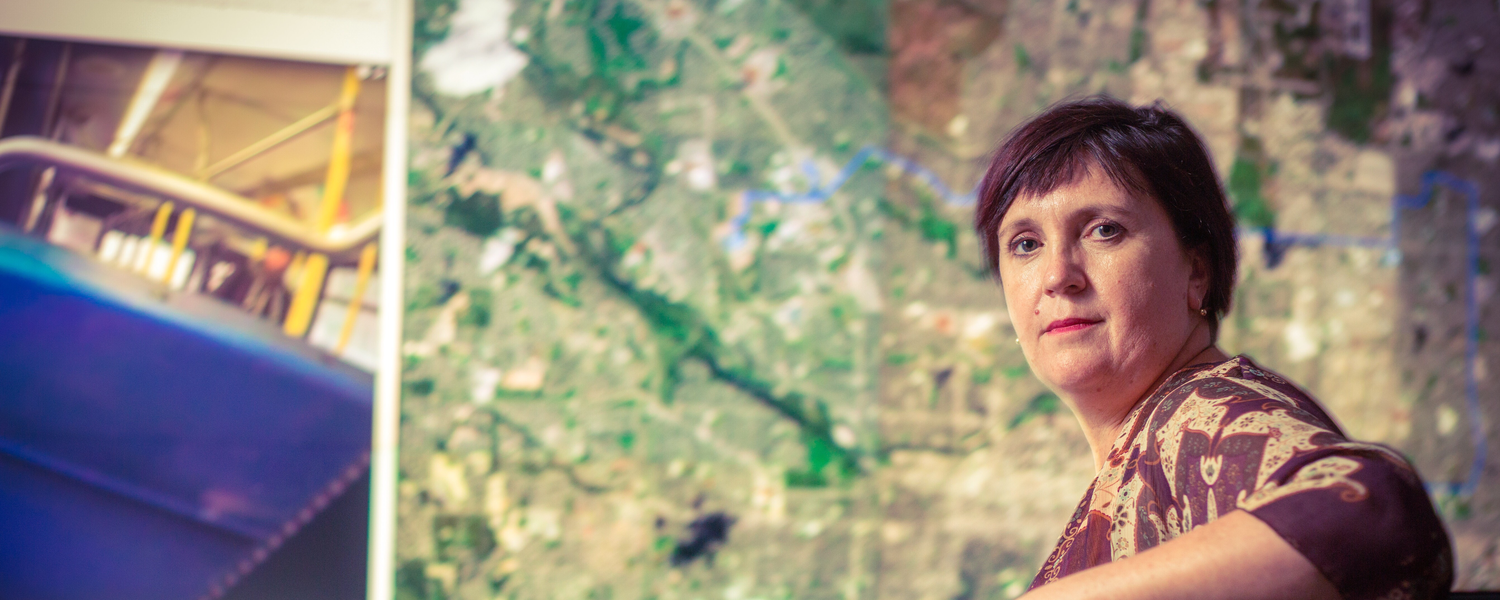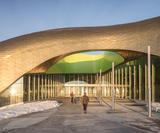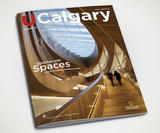
New Cultural Mapping Tool Gives Voice to Those Unheard
By Barbara Balfour
Most newcomers to Canada are healthier than the average Canadian, but lose their immigrant advantage after 10 years. Researcher Dr. Suzanne Goopy, PhD, argues that part of the reason for this may be attributed to newcomers’ isolation and difficulty finding work in their areas of expertise — often linked to “a lack of Canadian experience.” Newcomer health outcomes are also affected by city planning that favours the car over the pedestrian: limited access to reliable public transit, clear walking paths, places to sit when out walking and suitable bus shelters in many areas.
To better illustrate the human implications of city- planning policies and how they can be improved, the visual anthropologist, registered nurse and associate professor in the Faculty of Nursing designed an interactive cultural mapping tool. By further exploring the immigrant experience, Goopy, herself originally from Australia, gives a voice to those most often overlooked, while providing a blueprint for what a healthier, sustainable city should look like.
What is Emphatic Cultural Mapping (ECM) and what does it do?
ECM is a tool we designed that visually presents research findings from sources like Statistics Canada and the Calgary Police Service alongside the real-life stories of individuals who settled into Calgary. It gives you a much broader sense of where people are located and what is possible to achieve based on where they live. For instance, we have families in the far northeast who become quite isolated because it’s such a journey to get to the resources they need. They might have to give up shift work because bus routes don’t run late enough in their areas.
What are the missing gaps in the city-planning process?
We don’t tend to hear from the hard-to-reach people who don’t have secure employment or housing. They face life pressures that make it impossible to attend activities like town halls or fill out online surveys about bus routes. Not everyone can afford the data download required to do a survey, or even understand it well enough to be able to complete it. There are certain assumptions being made that, albeit unintentionally, exclude certain groups and individuals.
What role can cities play in keeping populations healthy?
The more we create a sedentary society, the more we will have long-term issues, so we need to create better walkability and more low-cost public transit options. And, if you want a city to be walkable, it also has to be sit-table, whether you’re an older person or a young man with kids.
There are lots of malls where people go to walk, but we need to fill them with more of what we need, day-to-day, like greengrocers and butchers, rather than just the things we desire commercially.
What are you working on now?
We’re examining the emotional health and wellness of newcomers in four cities across three provinces: Calgary, Edmonton, Saskatoon and Winnipeg. This is part of a big project we’re conducting with the Calgary Immigrant Educational Society (CIES), thanks to funding we received from Immigration, Refugees and Citizenship Canada (IRCC).
Over the next two years, we’ll be using surveys, interviews and focus groups to drill down into harder-to-reach populations and find out what they need to integrate well into the community.
We’re also exploring creative ways we can work with cities, NGOs and newcomers to introduce tools they’re not currently using, to bring relationships that don’t normally exist into being, and to start a new discussion around what is needed for success in these areas.

The Future of Architecture
Right in the heart of downtown, UCalgary’s Faculty of Environmental Design recently opened a 29,000-square-foot satellite campus, a.k.a. the City Building Design Lab (CBDL). Explore the spaces being designed and shaped by UCalgary Alumni.

How Do We Protect the Most Vulnerable?
With a willingness to take on entrenched and challenging urban issues, UCalgary alumni, students, faculty and researchers are assisting those who live on the margins.

Notebook
What’s transformed the Dining Centre is far more than a slap-happy menu makeover; we asked Vivek Shraya for her ideal party-invite list; gatecrashing the art gallery world; what’s in a name when it relates to Indigenous peoples; inside the mind of a literary icon.

Can’t Get Enough?
From splashy architectural photo spreads of some of Calgary’s most-talked-about new buildings to the complexities we face in caring for society’s most vulnerable — this issue explores UCalgary’s reach around the city and beyond.
